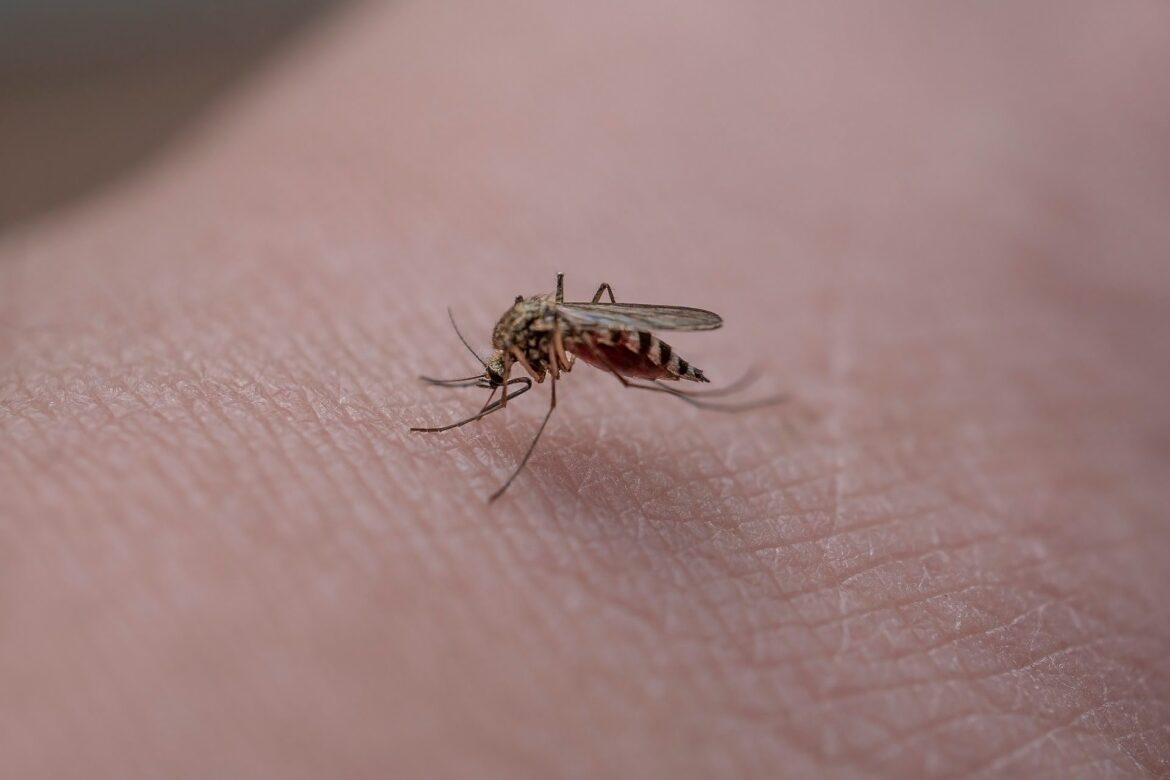- West Nile Virus (WNV): Understanding the Threat and Protection Measures
- What is West Nile Virus?
- Symptoms and Severe Manifestations of West Nile Virus
- Diagnosis and Treatment
- Conclusion
West Nile Virus (WNV): Understanding the Threat and Protection Measures
West Nile Virus (WNV) is a mosquito-borne virus that has been causing concern in various parts of the world due to its potential to lead to severe neurological diseases. First identified in Uganda’s West Nile district in 1937, the virus has since spread to many regions, including North America, Europe, Africa, the Middle East, and parts of Asia. The primary mode of transmission is through mosquito bites, but it is important to understand the risks, symptoms, and preventive measures associated with this virus.
What is West Nile Virus?
West Nile Virus is an arbovirus belonging to the Flavivirus genus, which includes other well-known viruses such as dengue, yellow fever, and Zika. WNV primarily circulates among birds and is transmitted to humans through the bites of infected mosquitoes, particularly the Culex species. While most people infected with WNV do not develop symptoms, about 20% of infected individuals experience mild symptoms known as West Nile fever, which includes fever, headache, body aches, and occasionally, a skin rash on the trunk of the body.
Symptoms and Severe Manifestations of West Nile Virus
The symptoms of West Nile Virus infection can vary widely from mild to severe. Most individuals (approximately 80%) infected with the virus remain asymptomatic. Those who develop symptoms typically experience mild, flu-like symptoms such as fever, headache, muscle aches, and fatigue. In some cases, symptoms may also include nausea, vomiting, swollen lymph nodes, and a skin rash.
However, in less than 1% of cases, the virus can invade the central nervous system, leading to severe neurological diseases such as encephalitis (inflammation of the brain), meningitis (inflammation of the membranes surrounding the brain and spinal cord), or acute flaccid paralysis. Severe symptoms include high fever, stiff neck, disorientation, tremors, seizures, muscle weakness, and even coma. The risk of severe disease increases with age, and individuals over 60 years old or with weakened immune systems are at higher risk.
Diagnosis and Treatment
Diagnosing West Nile Virus infection often involves laboratory testing of blood or cerebrospinal fluid to detect WNV-specific antibodies. In more severe cases, imaging tests like MRI or CT scans may be used to assess inflammation or other changes in the brain.
There is no specific antiviral treatment for West Nile Virus. Management of the disease primarily involves supportive care to relieve symptoms. For mild cases, this may include over-the-counter pain relievers, fluids, and rest. In severe cases, hospitalization may be required to provide intravenous fluids, pain management, respiratory support, and prevention of secondary infections. For individuals with neuroinvasive disease, intensive supportive care and rehabilitation may be necessary.
Prevention and Protection
Currently, there is no vaccine available for humans against West Nile Virus. Prevention mainly focuses on reducing mosquito exposure and using protective measures to avoid mosquito bites. Recommended precautions include:
- Using insect repellent: Apply repellents containing DEET, picaridin, or oil of lemon eucalyptus to exposed skin and clothing.
- Wearing protective clothing: When outdoors, especially during peak mosquito activity times (dawn and dusk), wear long-sleeved shirts and long pants.
- Installing screens: Use window and door screens to keep mosquitoes out of your home.
- Eliminating standing water: Regularly empty and clean containers that hold water, such as flower pots, bird baths, and gutters, where mosquitoes can breed.
Conclusion
West Nile Virus remains a significant public health concern due to its potential to cause severe neurological illness. Understanding the symptoms, risk factors, and preventive measures can help reduce the risk of infection. While the majority of infections are mild, awareness and proactive prevention are key to minimizing the impact of this virus on public health.
Source
West Nile virus in Europe: emergence, epidemiology, diagnosis, treatment, and prevention:
https://www.sciencedirect.com/science/article/pii/S1198743X14614154
WNV: Epidemiology, Clinical Presentation, Diagnosis, and Prevention:
https://www.mayoclinicproceedings.org/article/S0025-6196(11)62938-8/fulltext
Virology, Pathology, and Clinical Manifestations of West Nile Virus Disease:
https://www.ncbi.nlm.nih.gov/pmc/articles/PMC3320472
WNV:
https://www.labmed.theclinics.com/article/S0272-2712(09)00123-1/abstract
Progress on the Development of Therapeutics against West Nile Virus:
https://www.sciencedirect.com/science/article/abs/pii/S0166354209003465
West Nile virus: Where are we now?
https://www.thelancet.com/journals/laninf/article/PIIS1473-3099(04)01128-4/abstract

